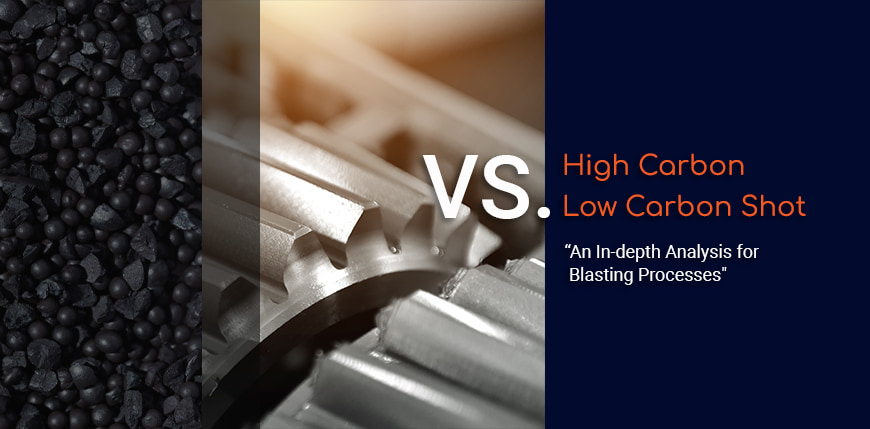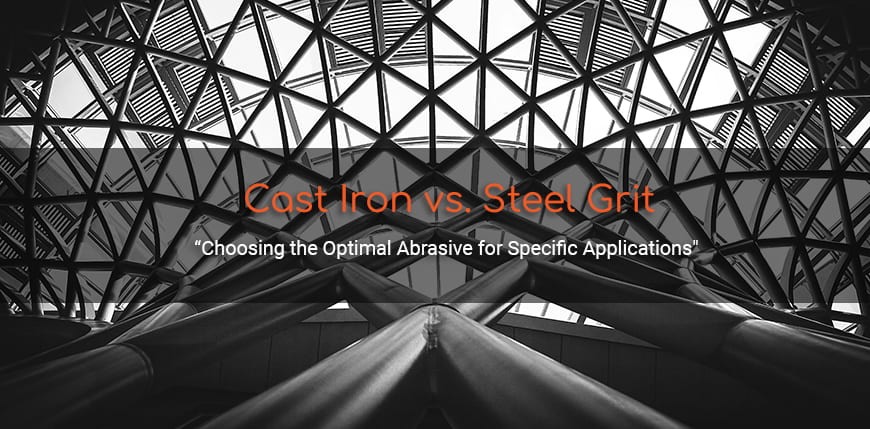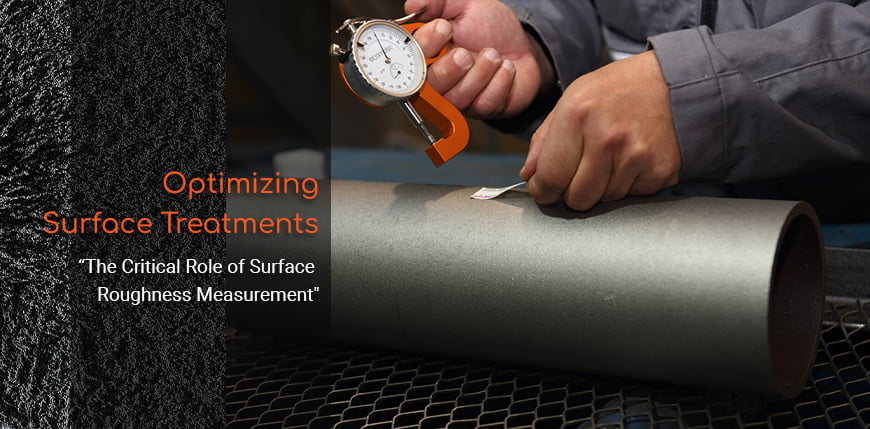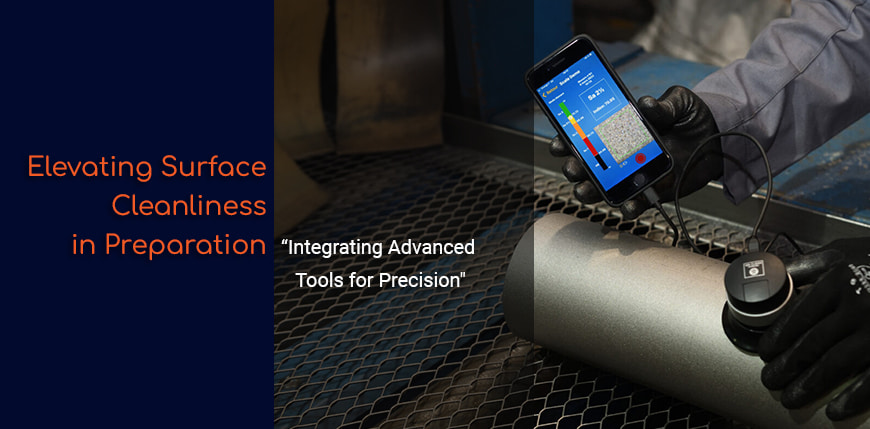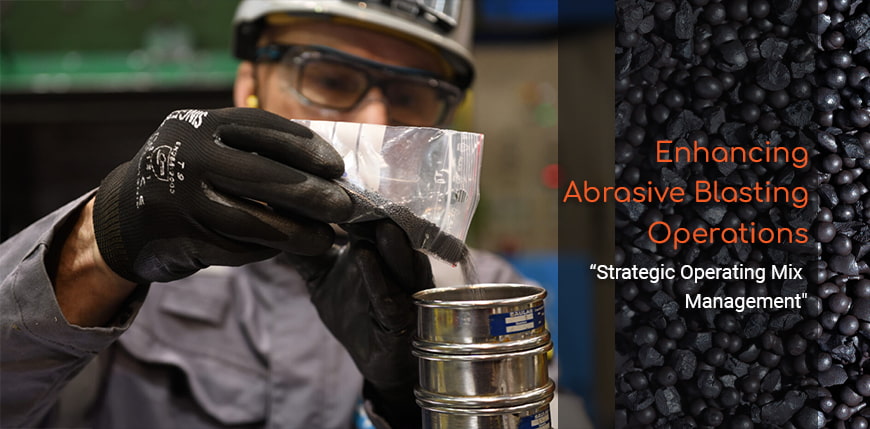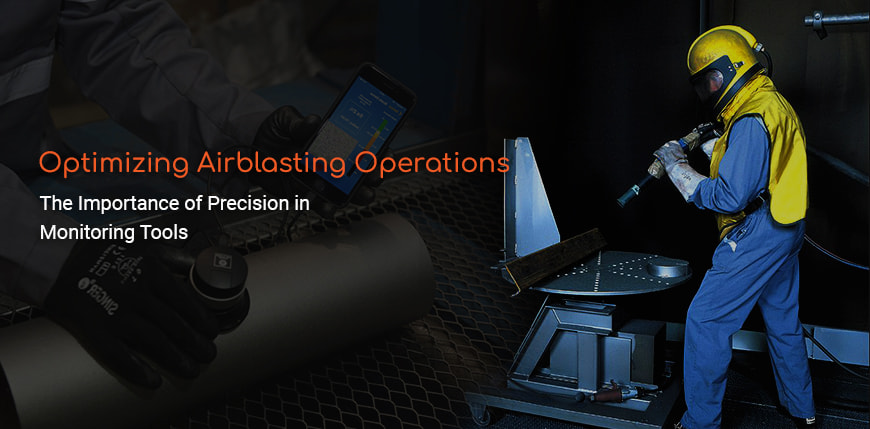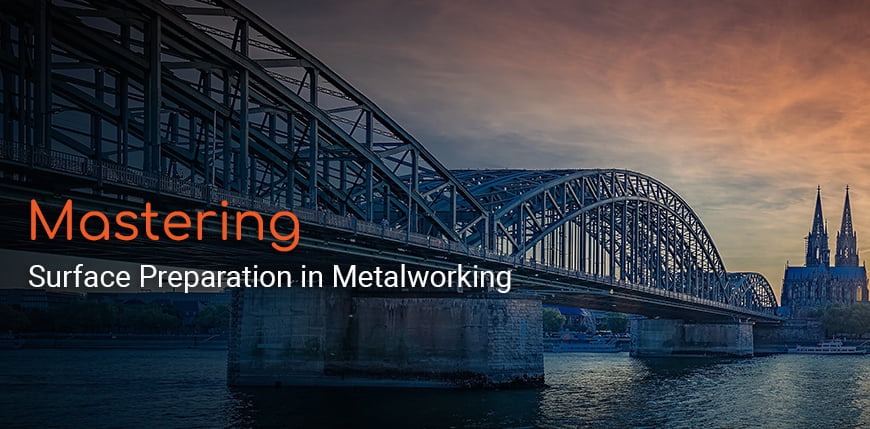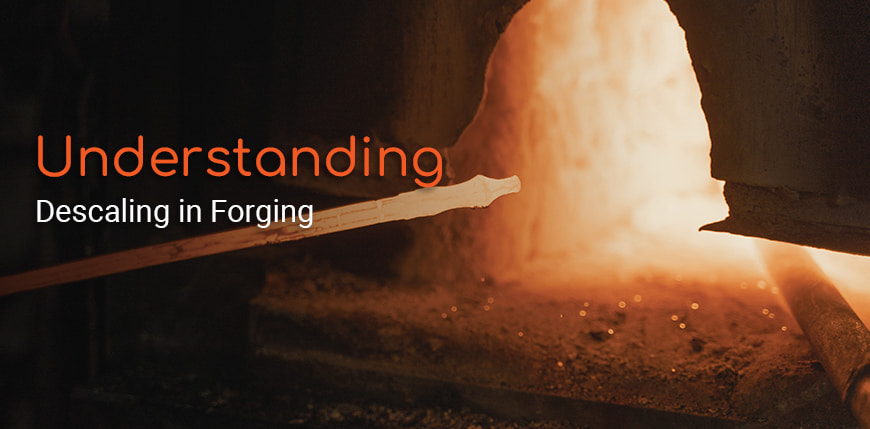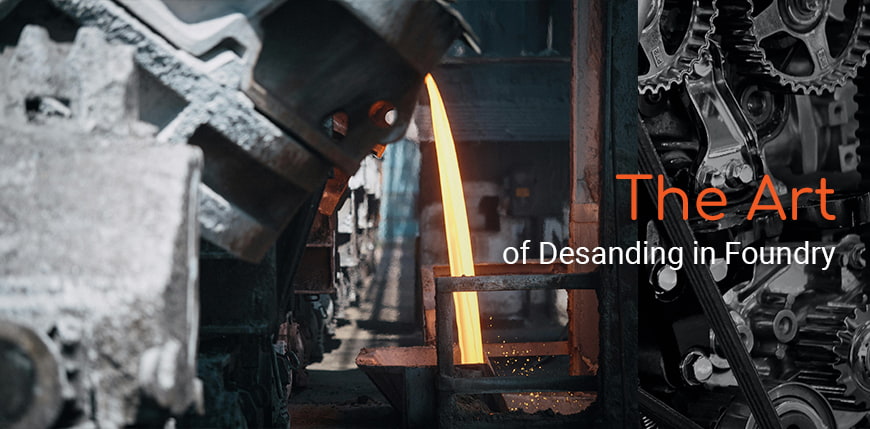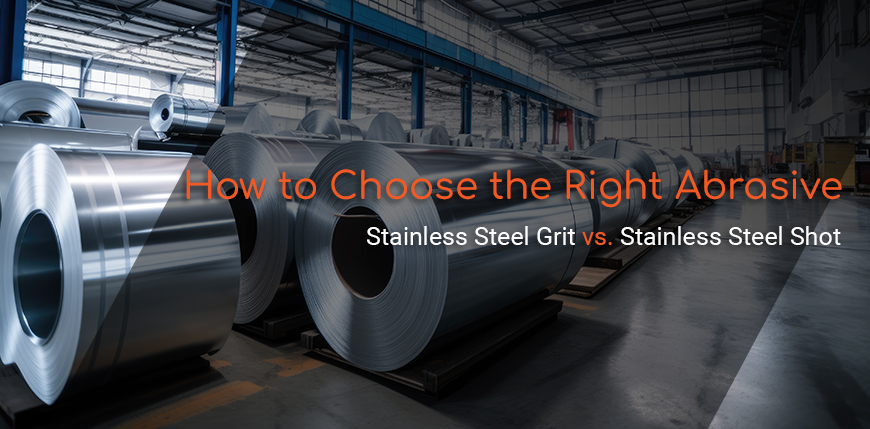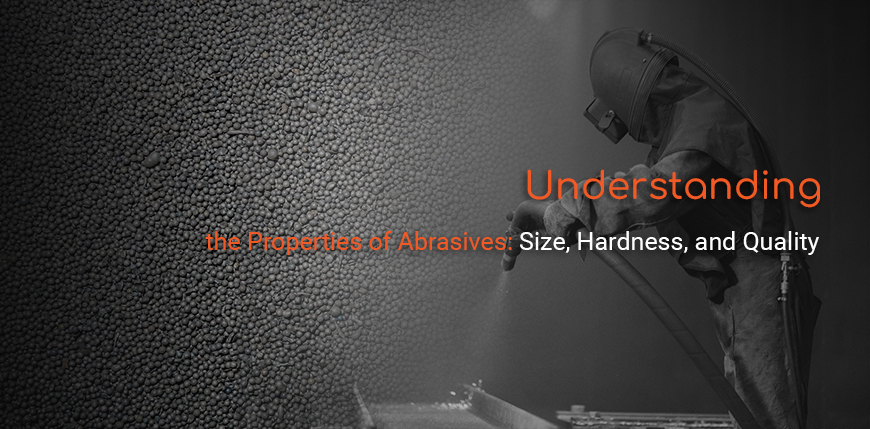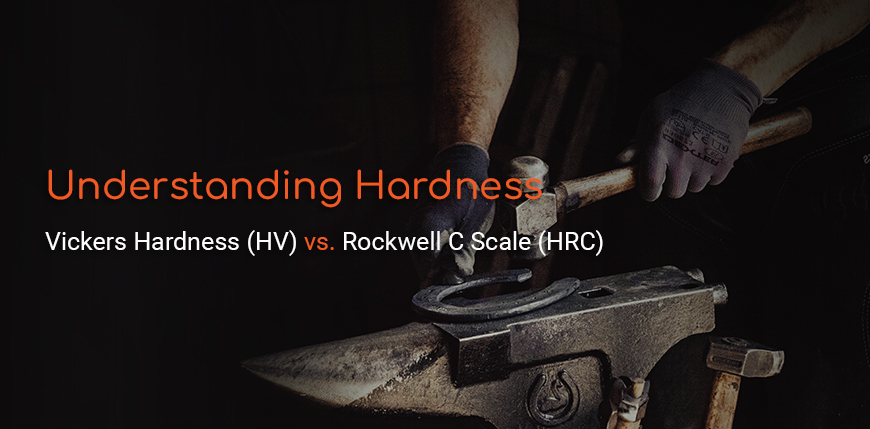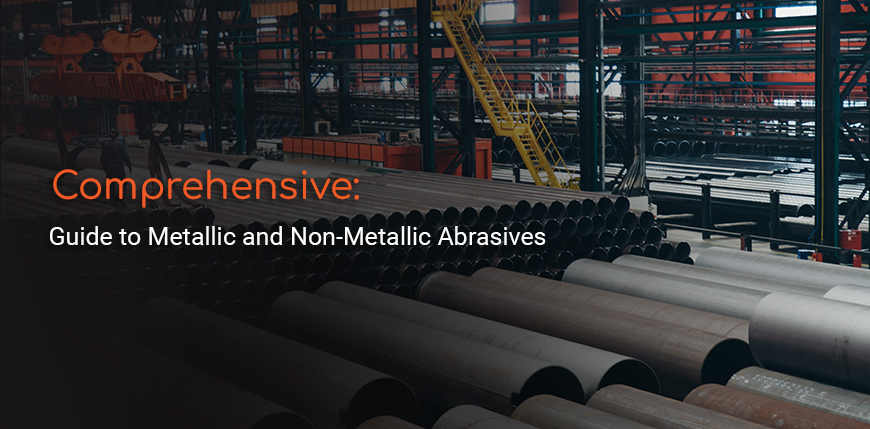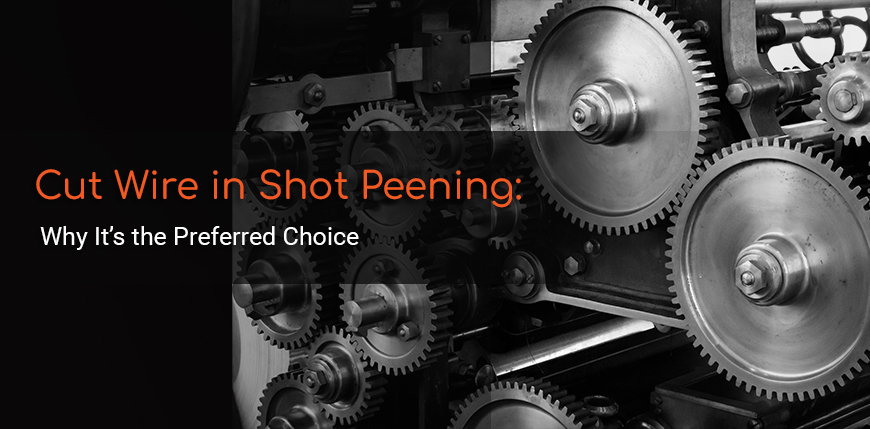Comparing High Carbon vs. Low Carbon Shot: An In-depth Analysis for Blasting Processes
Integrating expert guidance into the selection process of high carbon and low carbon shots is paramount for achieving optimal blasting outcomes. As each type of shot offers distinct advantages tailored to specific industrial needs, the nuanced choice between them hinges on a thorough understanding of their applications, durability, and how they align with the objectives of the blasting process.
High Carbon Shot: Flexibility in Application
High carbon shot's key advantage lies in its adjustable hardness, which broadens its utility across a variety of surface preparation tasks. This characteristic allows operators to tailor the blasting process to achieve precise finishes, especially



